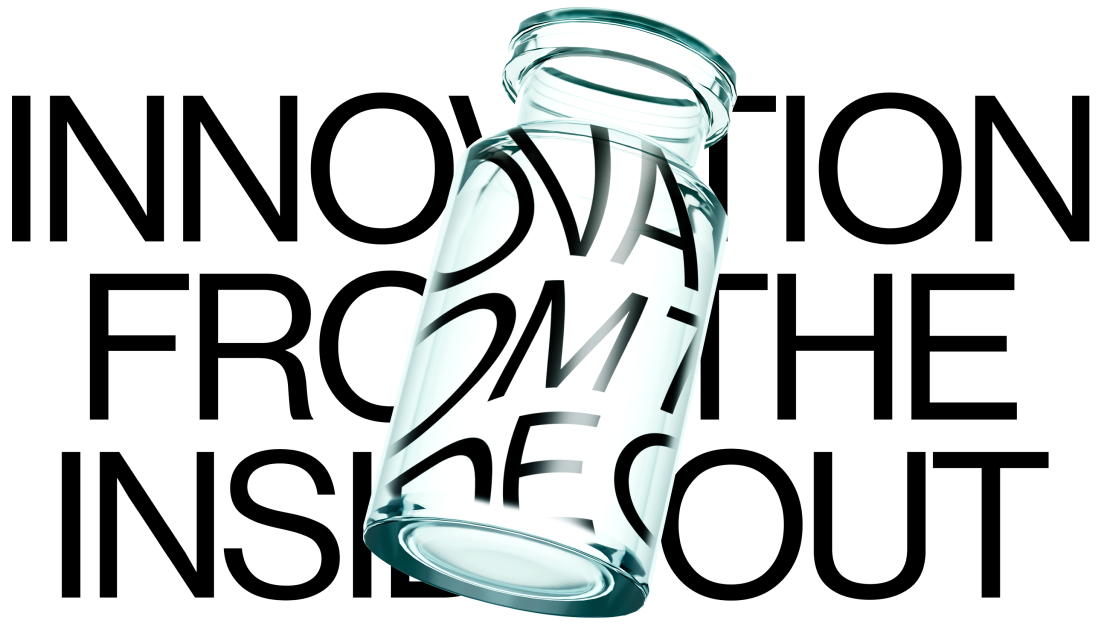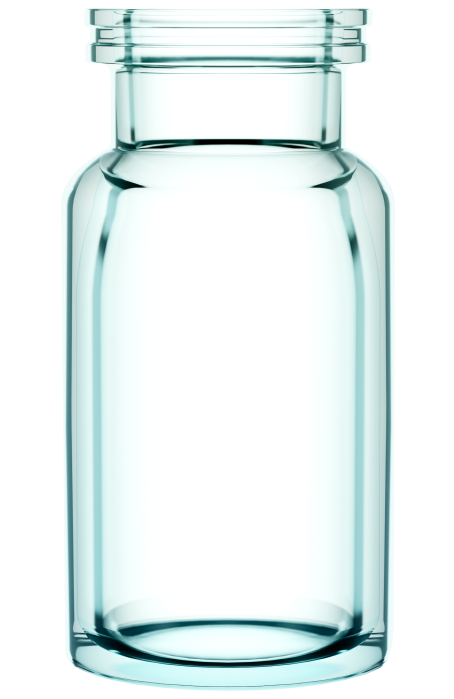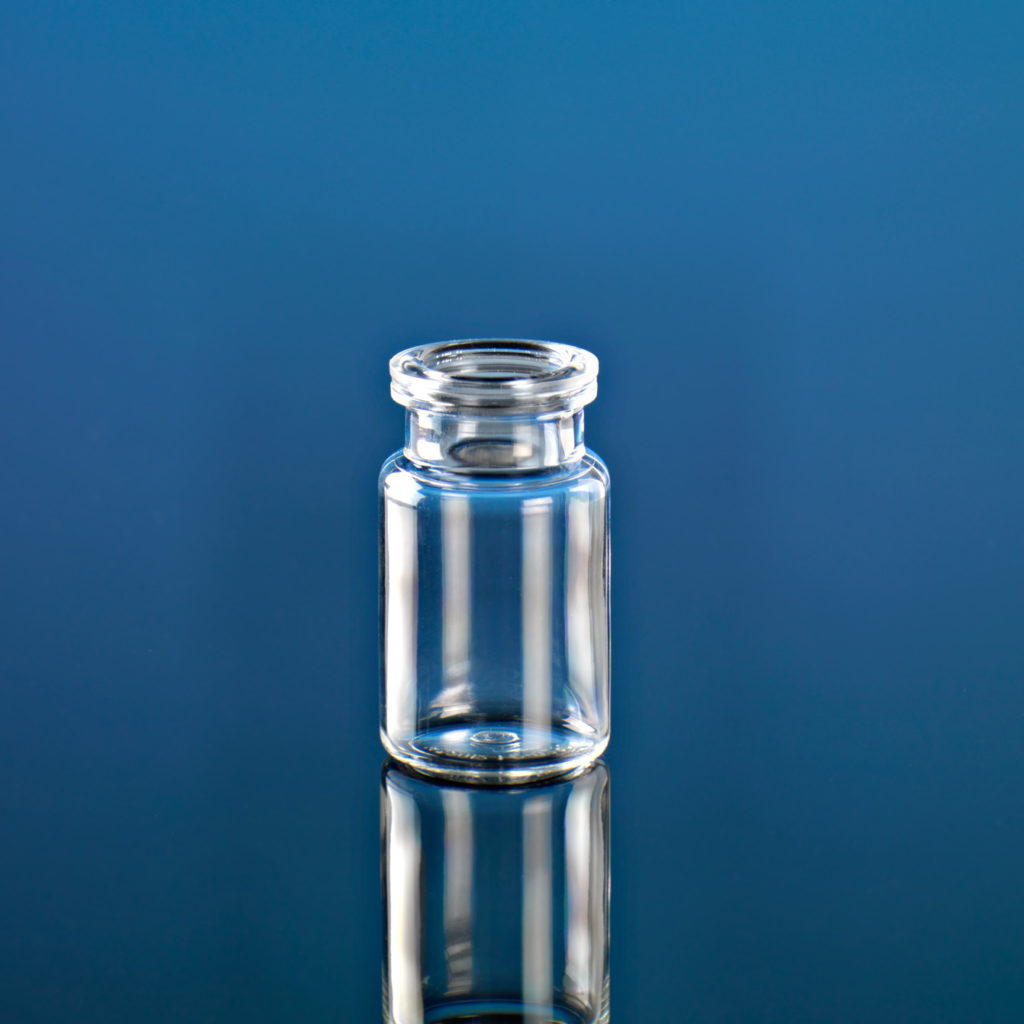

6 sigma manufacturing process Camera & x-ray systems for 100% inspection

We provide a common drug contact surface starting at the research and pre-clinical drug development phases, through clinical trials, and on through to commercial launch.
The coatings on our vials are chemically equivalent and provide an inert drug contact surface irrespective of container geometry. Coating equivalence is verified by a “Chemical fingerprint” (ex. FTIR, XPS, and Rutherford Backscattering).
The coatings are architected for desired characteristics; no risk of coating debonding; will not interact or react with contact by the drug product.
Our products are molded from engineered polymers and incorporate a thin, glass-like barrier coating system on the inside surface. We apply it to the inside surface of the container using plasma-enhanced chemical vapor deposition (PECVD).
The thinness of the coating creates significant advantages, including flexibility (not brittle like traditional glass) and excellent thermal, mechanical, and chemical characteristics. Our proprietary coating technology can be applied to any surface; even coating extreme aspect ratios and small volume containers are possible.
With more than 300 patents, our technology is our largest differentiator. No other company has been able to bring step-change innovation to pharma packaging for more than 50 years.
We would love to discuss how SiO2 can be a solution for you. Contact us today.
© 2023 SiO2 Materials Science